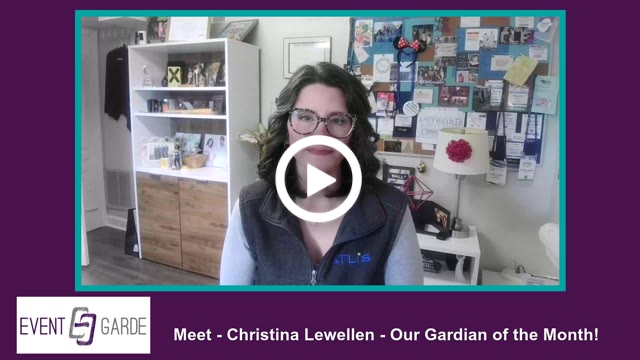
Our Gardian of the Month is Christina Lewellen, President & CEO for the Association of Technology Leaders in Independent Schools (ATLIS).
EG: What strategies have you found most effective when faced with learning a new subject or skill?
CL: In almost all situations, learning something new is a mental game as much as it is an intellectual endeavor. I try to remind myself that plenty of other people have figured out how to solve the puzzle at hand, so I have every opportunity and privilege to move towards mastery. The internal pep talk goes a long way when tackling something new.
EG: Who are the people in your life that have served as mentors and what have they taught you?
CL: I’ve come to learn that mentorship comes from surprising places. Sometimes it’s traditional mentorship relationships, like my executive coach, ASAE Fellows, peers I respect, or other CEOs who have been doing the job a long time and have a more robust toolbox to lend you. But working in associations has become increasingly complex and sometimes the tools you need to succeed come from non-traditional sources. Interacting with my extended family keeps me grounded in my values, my husband and four daughters help put difficult challenges in perspective, and my ATLIS team (staff and board) provide both guiderails and inspiration to reach for big goals. I try to keep my heart and head open to mentorship in all forms.
EG: What is something you most enjoy teaching others?
CL: The ways technology solutions can mitigate burnout when leveraged appropriately. How to get to the heart of the issues in moments of crisis. How important it is to find context for yourself outside of work, whether that’s a passion, a hobby, volunteer opportunities – we can’t allow work to be the only way we define ourselves as a whole human.
EG: Just for Fun - If you could have dinner with anyone, real or fictional, who would it be and what would you ask them?
CL: I would choose Indra Nooyi, former CEO of PepsiCo. She led one of the world’s largest companies with both intellect and empathy, showing that strong leadership doesn’t require sacrificing authenticity. I’d ask what advice she would give to women who feel they must choose between being respected and being themselves. I’m fascinated about how she found the confidence to stay true to her identity in spaces that were not created for her while earning respect at the highest levels.
EG: What is a resource that has been valuable to you in your work, and what makes you appreciate it?
Click the video below to see Christina's response!
Resource Link: Association Governance Institute



